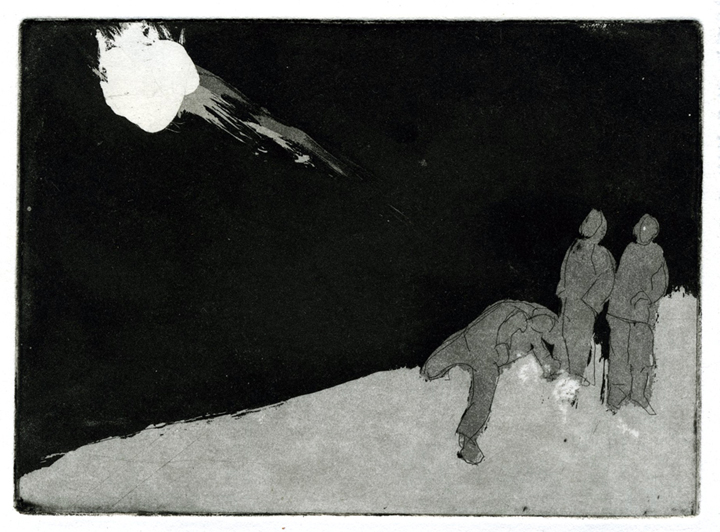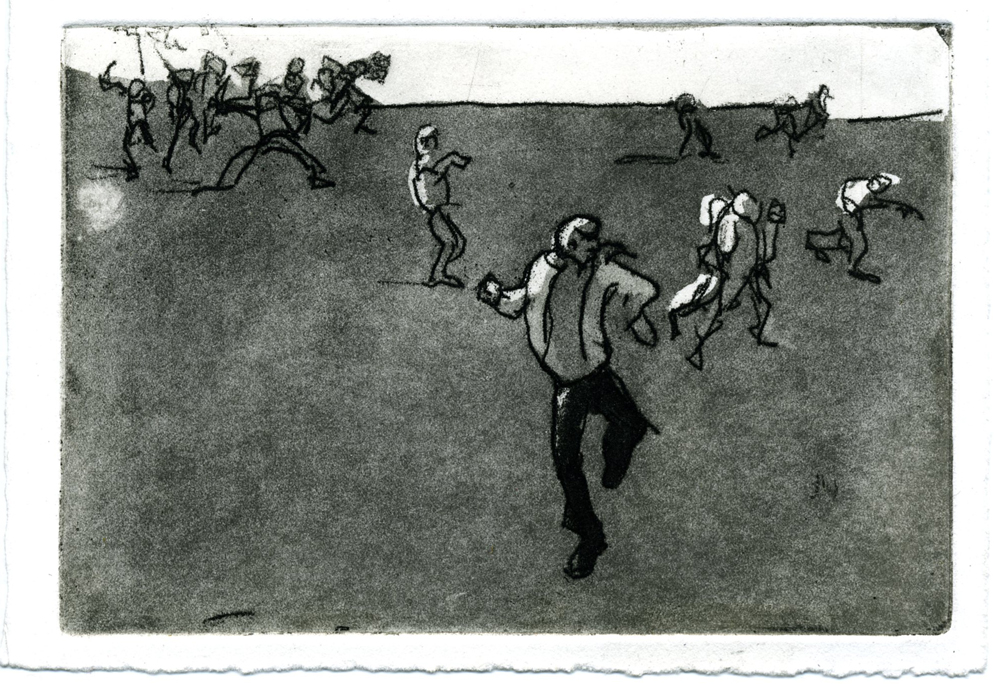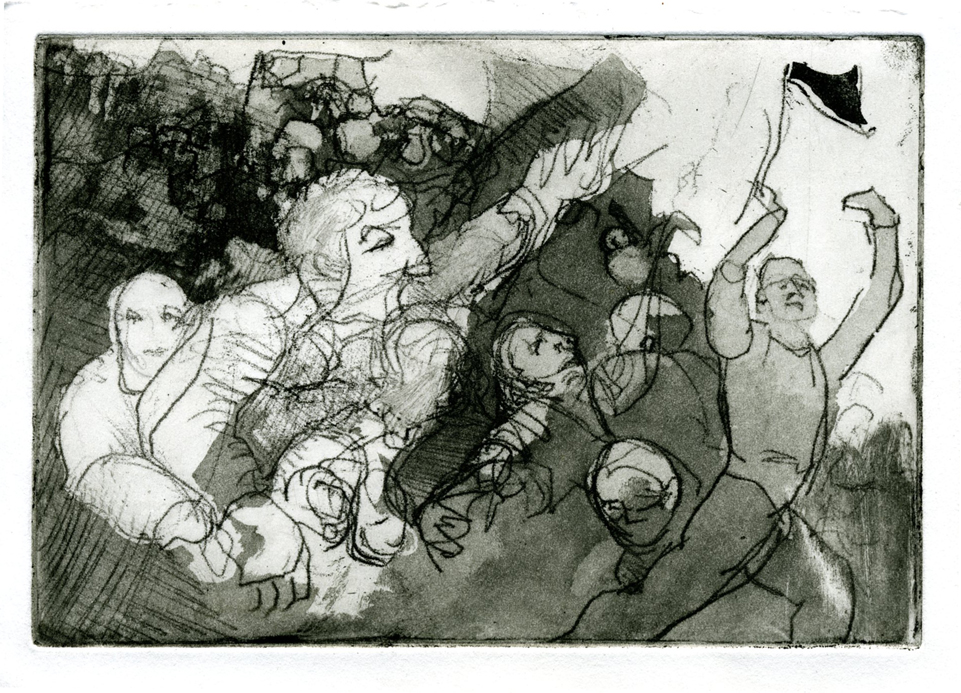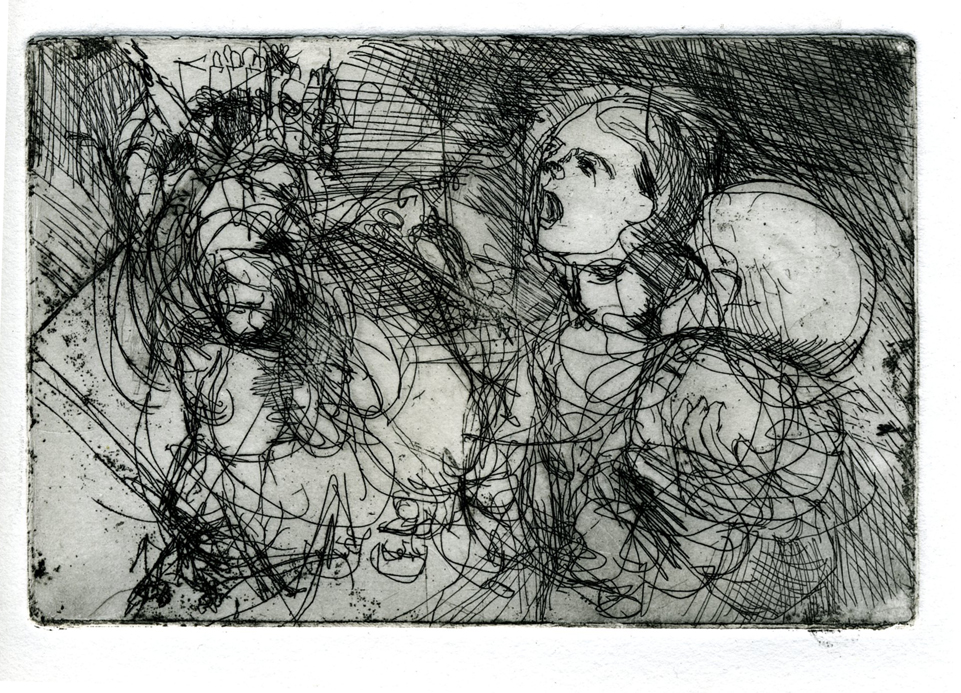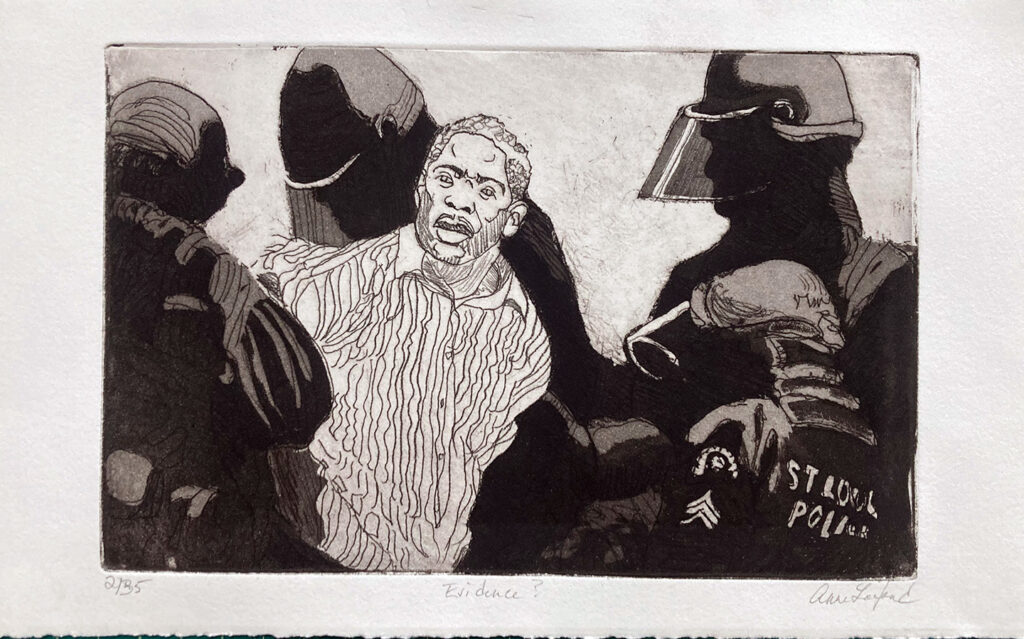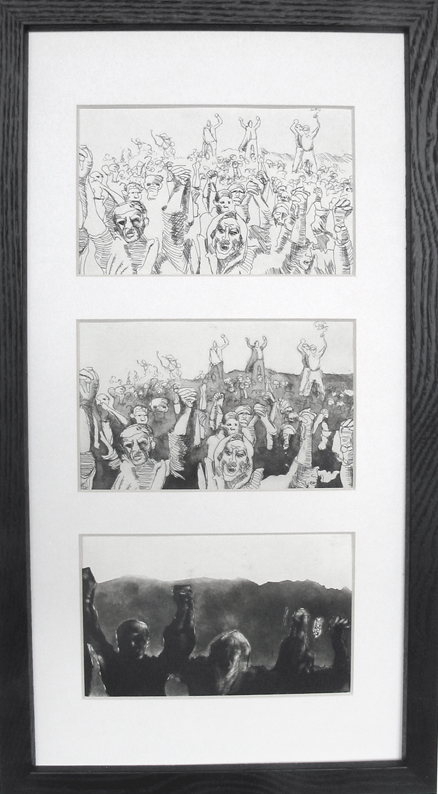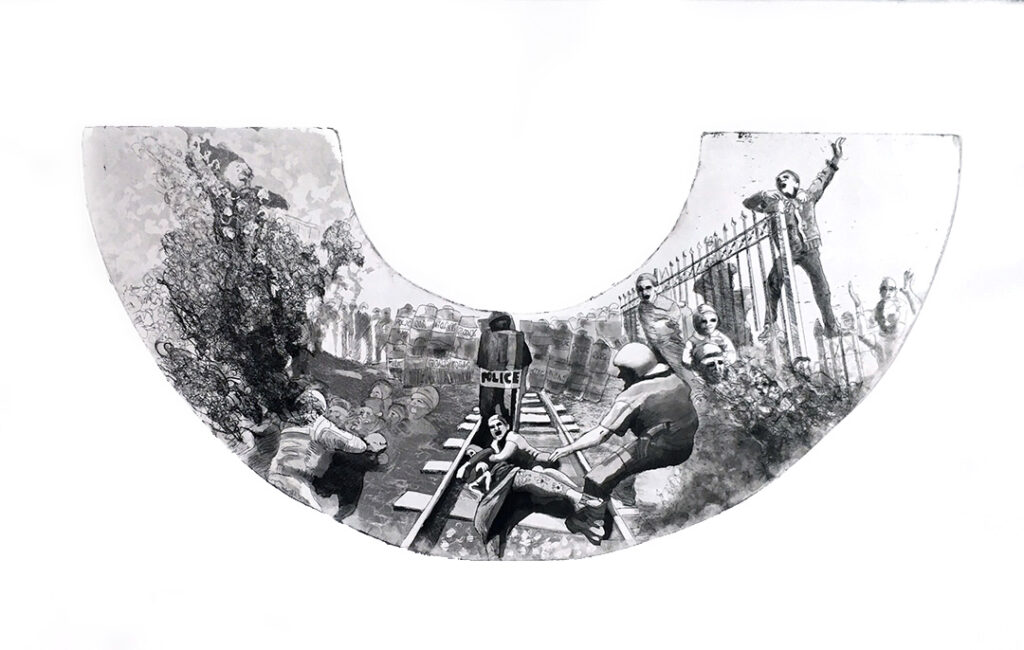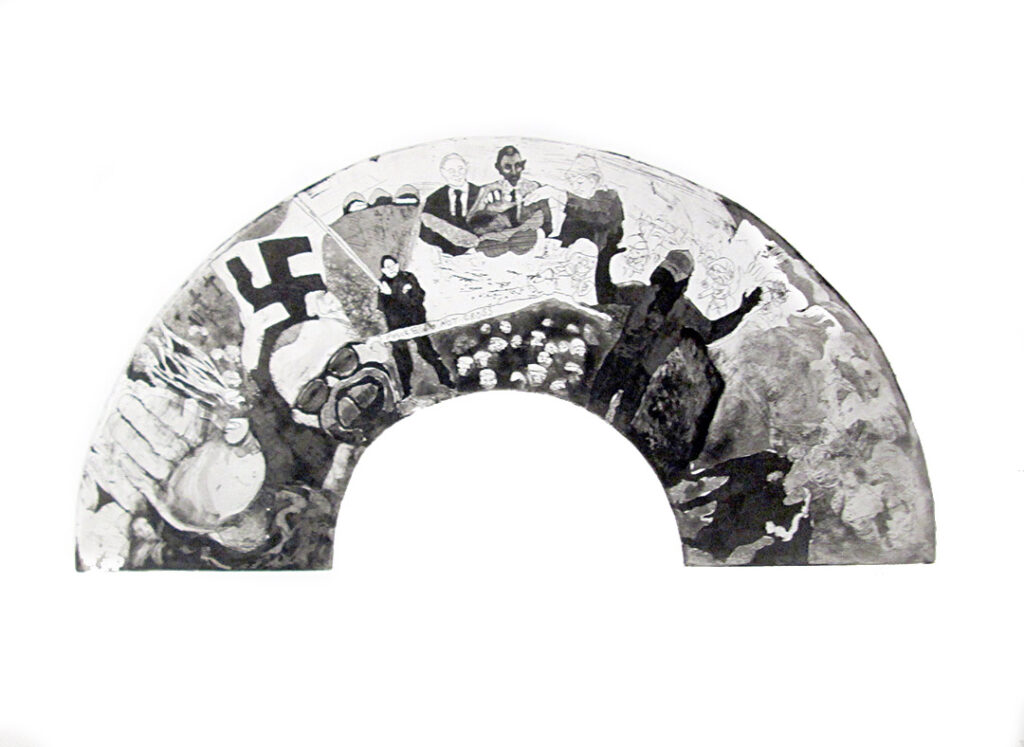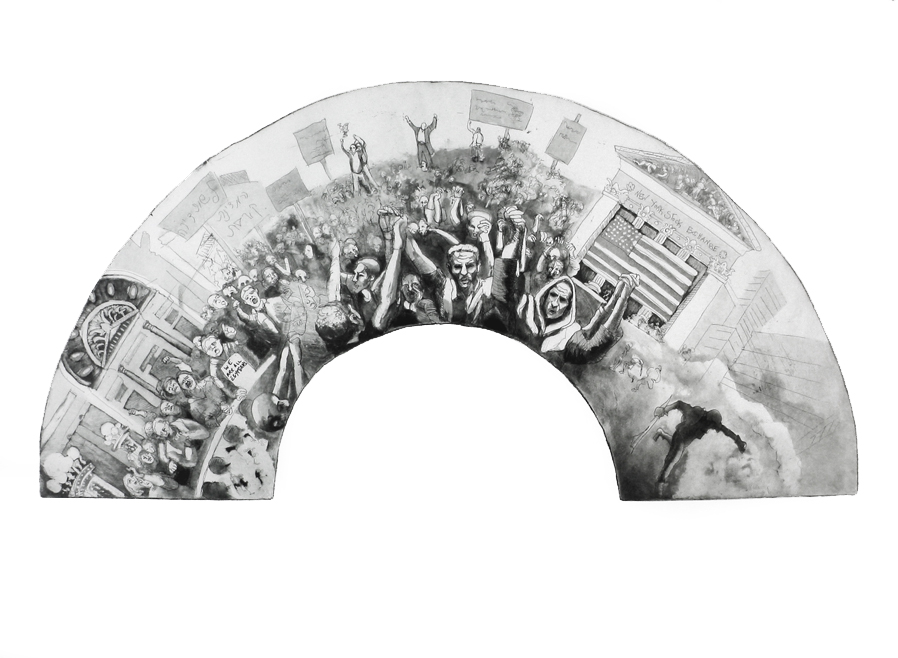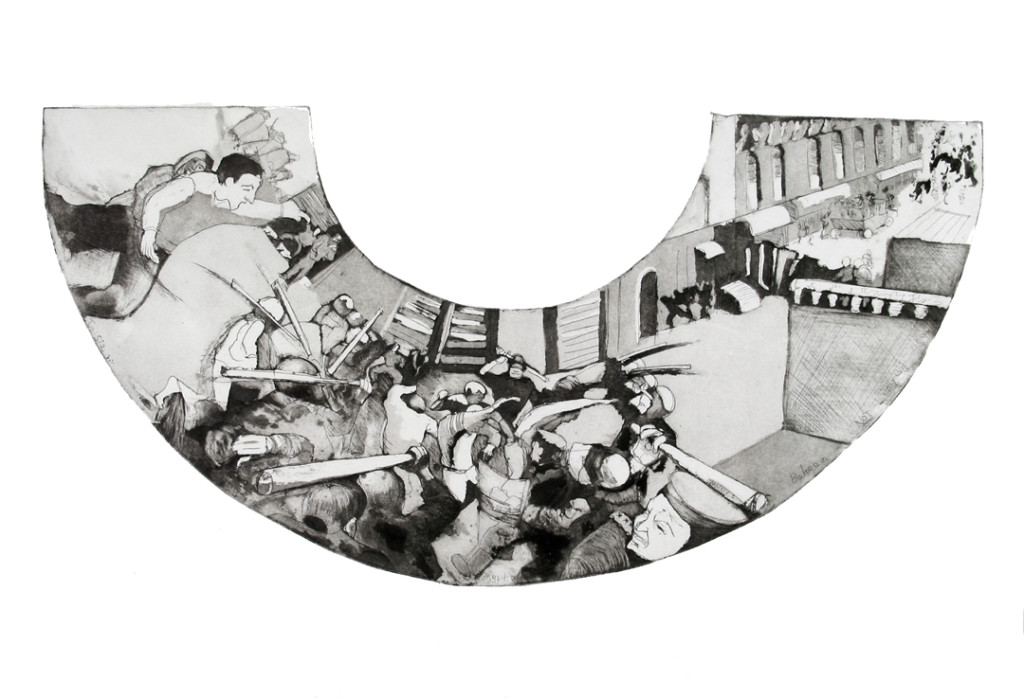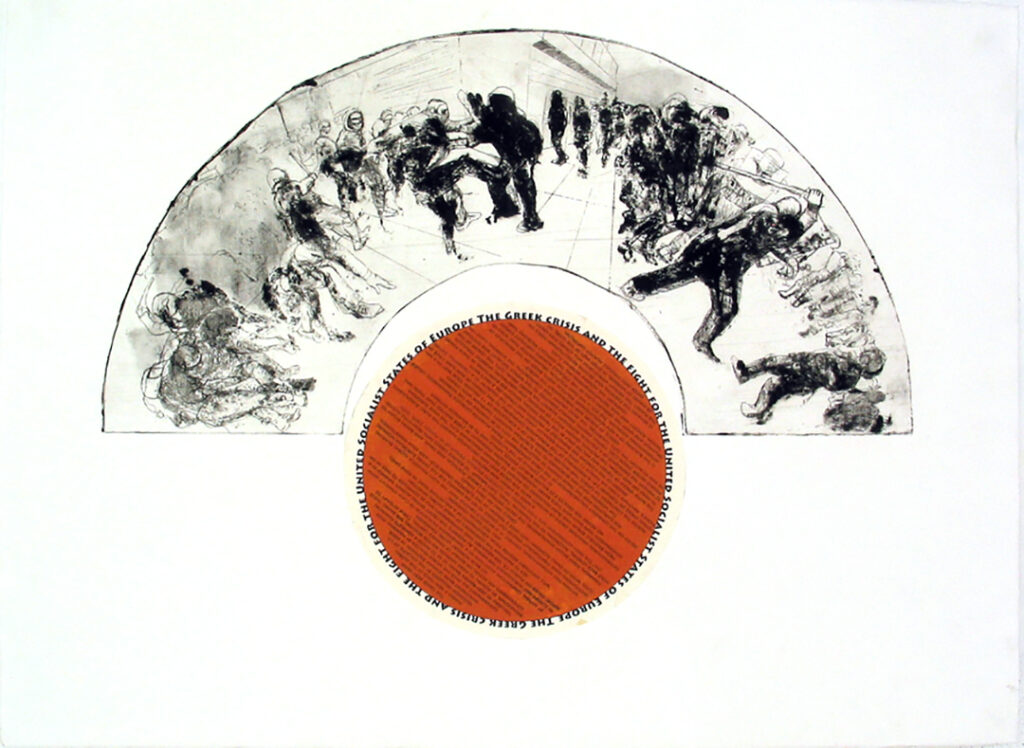at Bethany Arts Community
Ossining, NY
May 20 – June 30, 2022
Participating artists in this exhibition include John Ahearn, Lizzy Alejandro, Laura Alvarez, Dotty Attie, Shahaan Azeem, Aileen Bassis, Edward Bear Miller, Stacy Bogdonoff, Michele Brody, Suzanne Broughel, Aleathia Brown, Serge Bulat, Maryanne Buschini, Kevin Byrd, Brett De Palma, Nicky Enright, Patricia Espinosa, Jennifer Figueroa, Coleen Fitzgibbon, Angela Fremont, Susan Grabel, Alyssa Herrera, Susan Hoeltzel, Monique Islam-Salas, Kyung Jeon, Carla Rae Johnson, David Kalal, Anne LaFond, Elaine Luther, Katrina Majkut, Cecilia Mandrile & Lynn Bechtold, Tali Margolin, Mary McFerran, Fani Miller-Beard, Marilyn Miller, Traci Mims, Edgardo Miranda-Rodriguez, Tomo Mori, Taeesha Muhammad, Linda Negrin, James Offenhartz, Tom Otterness, Kristi Pfister, Carol Reed, Nelson Santiago, Ilse Schreiber-Noll, Nia Simone, Arle Sklar-Weinstein, Jean-Marc Superville Sovak, Lynn Tomlinson, Keil Troisi, Karen Viola, Tammy Wofsey, Marcia G. Yerman.
Juanita Lanzo, Curator IMPACT 2022: Art that Bears Witness
The exhibition has been curated by Juanita Lanzo, a visual artist, art director, educator and independent curator working in the Bronx and living in East Harlem.
This exhibition is a part of Bethany’s Season of Justice, a series of programs that endeavor to deepen our understanding of some of today’s most pressing societal issues.
